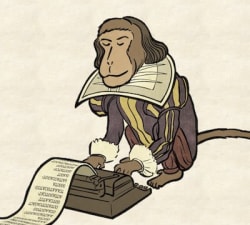Images
Carsonella ruddii is a bacterium that lives symbiotically inside some insects. Its sheltered life has allowed it to reduce its genome to only about 160,000 base pairs. With only about 200 genes, it lacks some genes necessary for survival, but these genes are supplied by its insect host. In fact, Carsonella has such a small genome that biologists have conjectured that it is losing its “bacterial” identity and turning into an organelle, which is part of the host’s genome. This transition from bacterium to organelle has happened many times during evolutionary history; in fact, the mitochondrion responsible for energy production in human cells was once a free-roaming bacterium that we assimilated in the distant past. Given a collection of simulated error-free read-pairs, use the paired de Bruijn graph to reconstruct the Carsonella ruddii genome. Compare this assembly to the assembly obtained from the classic de Bruijn graph (i.e., when all we know is the reads themselves and do not know the distance between paired reads) in order to better appreciate the benefits of read-pairs. For each k, what is the minimum value of d needed to enable reconstruction of the entire Carsonella ruddii genome from its (k, d)-mer composition?
Similar resources
At the University of California San Diego, we prefer the path less traveled. And it has led us to remarkable new ways of seeing and making a difference in the world.
Recognized as one of the top 15 research universities worldwide, our culture of collaboration sparks discoveries that advance society and drive economic impact. Everything we do is dedicated to ensuring our students have the opportunity to become changemakers, equipped with the multidisciplinary tools needed to accelerate answers to our world’s most pressing issues.


Develop Powerful Interactive Software

Input and Interaction

Interaction Design Capstone Project

Bioinformatics Specialization

Hadoop Platform and Application Framework














